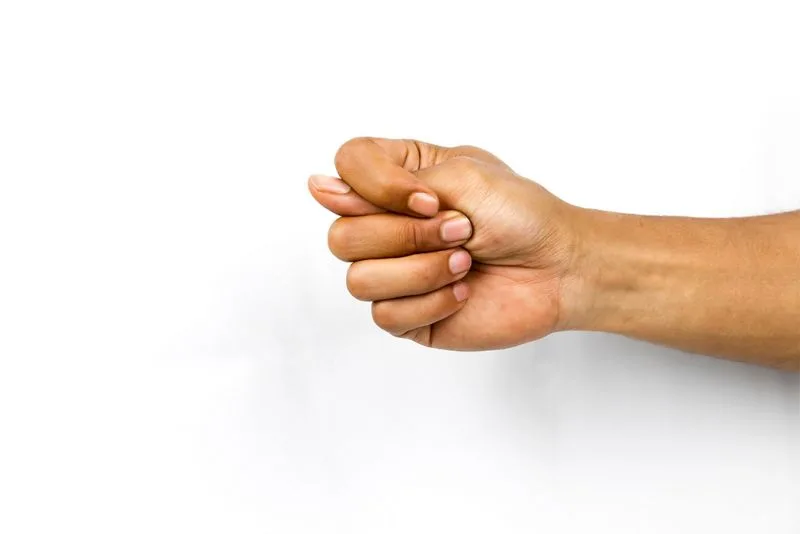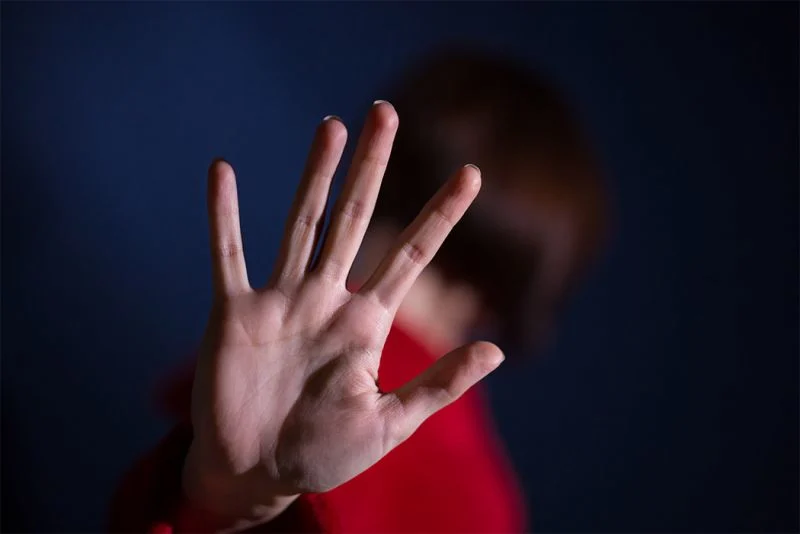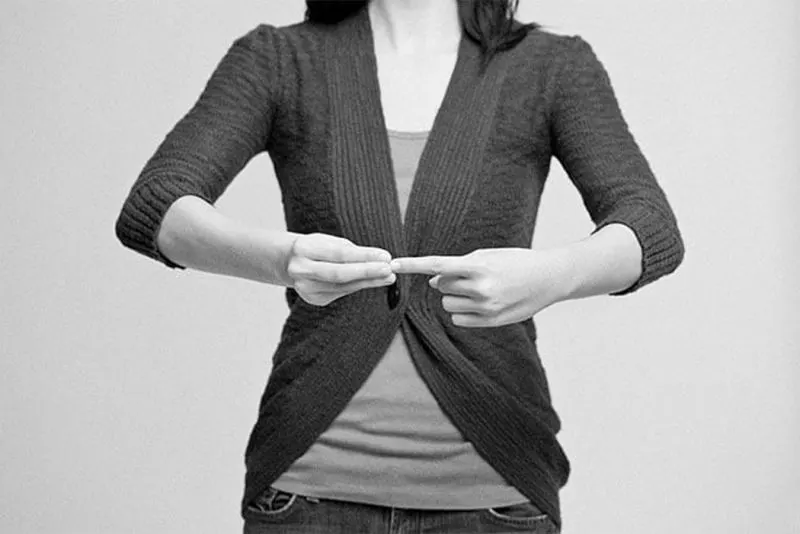Our current world is becoming what we call a "global village". As we become increasingly interconnected, it becomes more important to learn how to communicate with people from different parts of the world. When visiting foreign countries or interacting with people from other cultures, communicating effectively becomes necessary. Unfortunately, the focus is often put on learning verbal communication in a foreign language. As a result, most people completely skip a vital aspect of the interaction- gestures.
Gestures in different cultures tend to vary significantly and one gesture can be interpreted a hundred different ways depending on where you go. Being unaware of the meaning of certain gestures around the world can sometimes lead to serious misunderstandings.
Here are 15 popular hand gestures around the world you should know.















